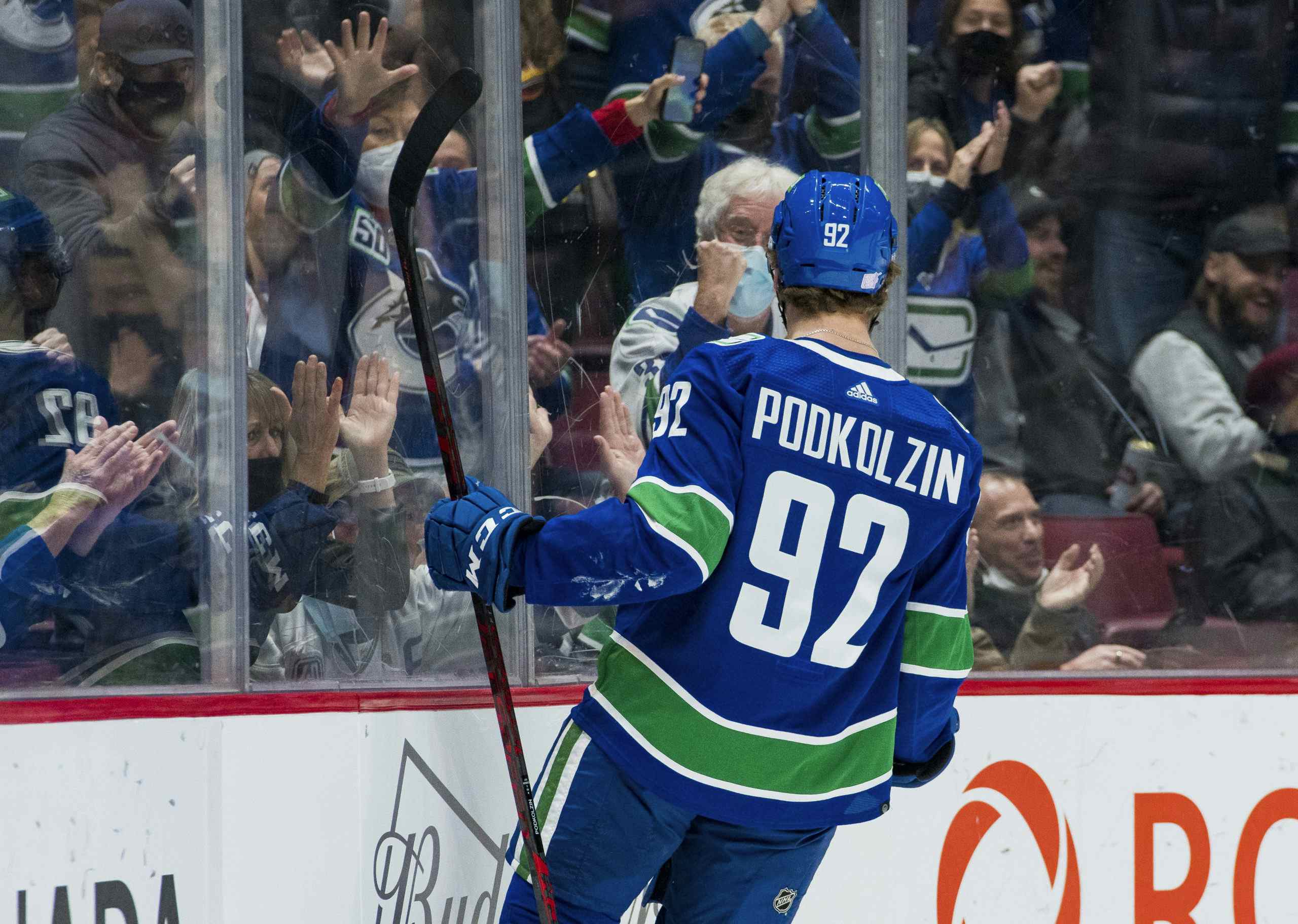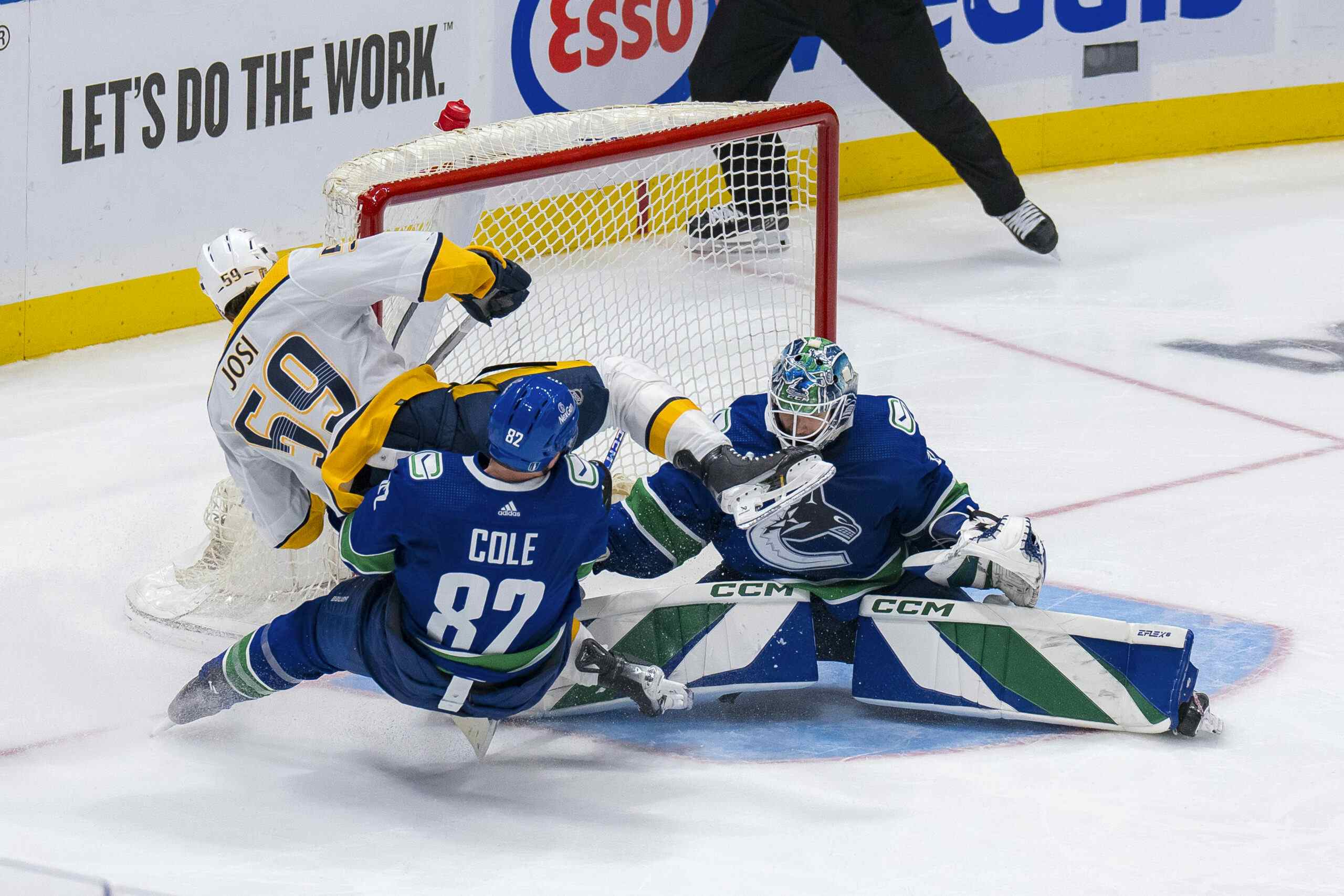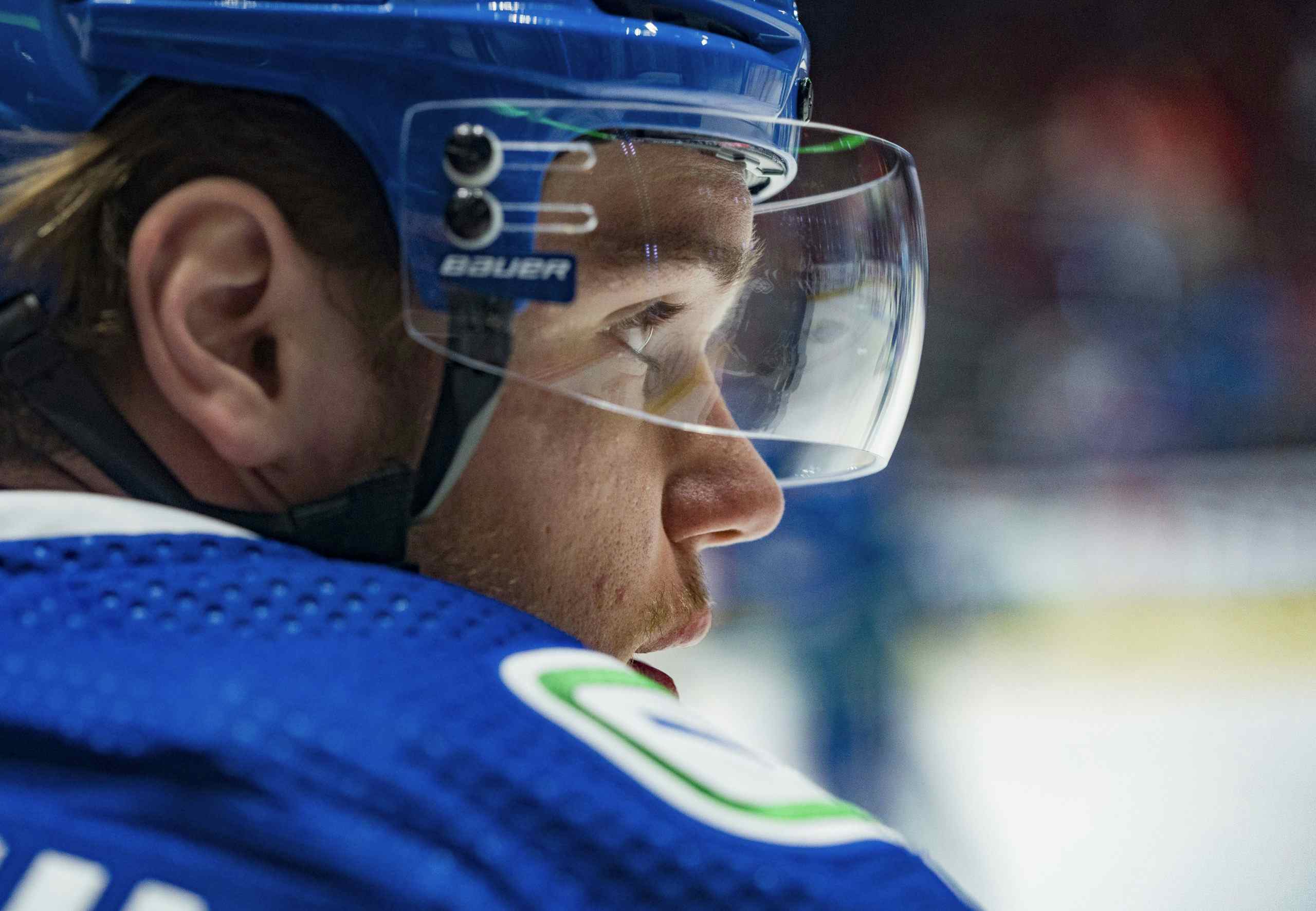Anatomy of a goal – Edler’s game 4 goal
So how, exactly, did this remarkable thing happen?
Alex Edler’s goal on Wednesday was a perfect example of what the Canucks had not been doing on the power play: quick puck movement and quick shots through the Kings’ defence.
Click past the jump for a frame-by-frame breakdown of how Edler’s goal happened.
There’s no doubting that including Daniel Sedin in the lineup adds another playmaking threat to the team’s first unit, but he wasn’t the only reason the Canucks scored twice on the power play in Game 4. Just as important was the Canucks forcing the Kings away from their box and actually taking advantage of the Kings’ extreme puck pressure. Finding the open space away from where the Kings have focusing their pressure was a challenge for the Canucks in the first three games. Alex Edler’s goal happened because there was no dithering with the puck by Vancouver.
Consider this first frame. Ryan Kesler won the puck battle down low (something else the Canucks hadn’t been doing much of) and he cycles the puck up the boards. Daniel Sedin feints that he’s going to accept the pass, but instead lets it go to Dan Hamhuis at the left point. We can see how much pressure the Kings were exerting, both Matt Greene (2) and Willie Mitchell (33) commited to the puck battle. Anze Kopitar (up the boards) also came down low to help, leaving Dustin Brown to cover the slot. There’s lots of space up high.
Scroll ahead. Anze Kopitar has hauled ass to the point. Dan Hamhuis realizes the moment demands he force the Kings to keep chasing the puck and quickly moves the puck to Edler. Now look at what Jonathan Quick has to consider. He knows that Daniel is likely to move down off the boards. He knows Edler likes to shoot from that spot, he also knows that Henrik will be moving to prepare for a pass. Kesler is now unsighted to him but Quick surely expects him to set up shop in front.
Edler has accepted the pass. He looks ready to shoot immediately. He will know that Brown is coming to confront him and is probably hoping that Willie Mitchell won’t get in position to block the shot. The shocking part is Quick’s positioning. The rapid puck movement has left him totally unready to face a shooter. Edler’s decision to shoot is timed perfectly.
Edler has released his shot. MItchell has got himself into the shooting lane, but isn’t square to the shot. Brown was just too slow getting to Edler. If he’s going to be effective, his legs need to be in front of the puck. They’re not, they are off centre. The crucial element has become Ryan Kesler. He’s established himself, with next-to-no challenge, in front of Quick. The Kings’ goalie is craning his neck to find the puck. At this point he will be relying on his reactions: he knows where Edler was shooting from and he knows the puck will be coming quickly. There are a lot of obstructions in his viewing plane and his technique has been rushed, he’s hardly in a confident position.
The puck has arrived at the net. Kesler is looking to deflect it. Quick is shockingly high in his positioning – does he think the puck is coming in high? Kesler’s body language suggests a tip, did Quick flinch to prepare himself? Did Kesler, known for his tipping ability, intentionally not tip the puck? Quick, having pushed across to his left, is now moving back to his right, hardly a stable platform for a goalie.
Puck movement, forcing the Kings to scramble and taking advantage of Quick being slow to set up. Surprising, eh?
Recent articles from Patrick Johnston





